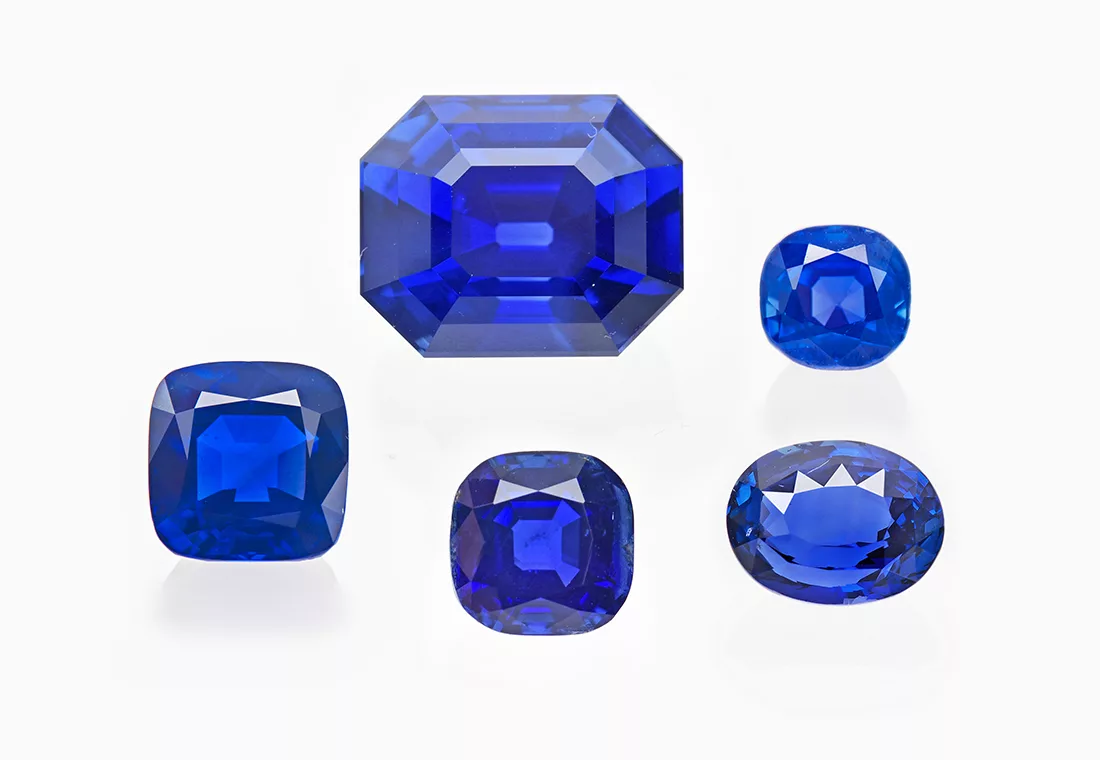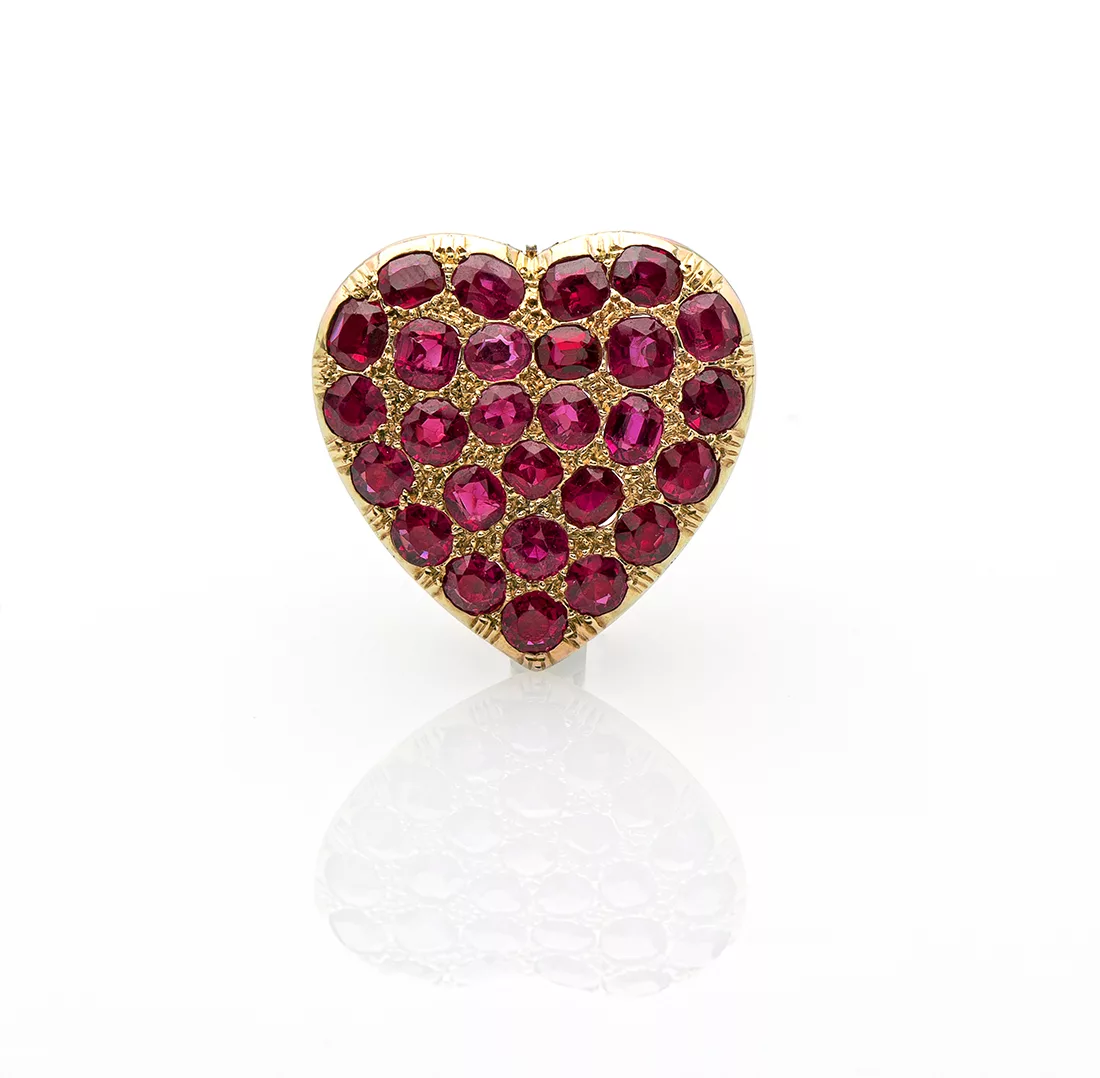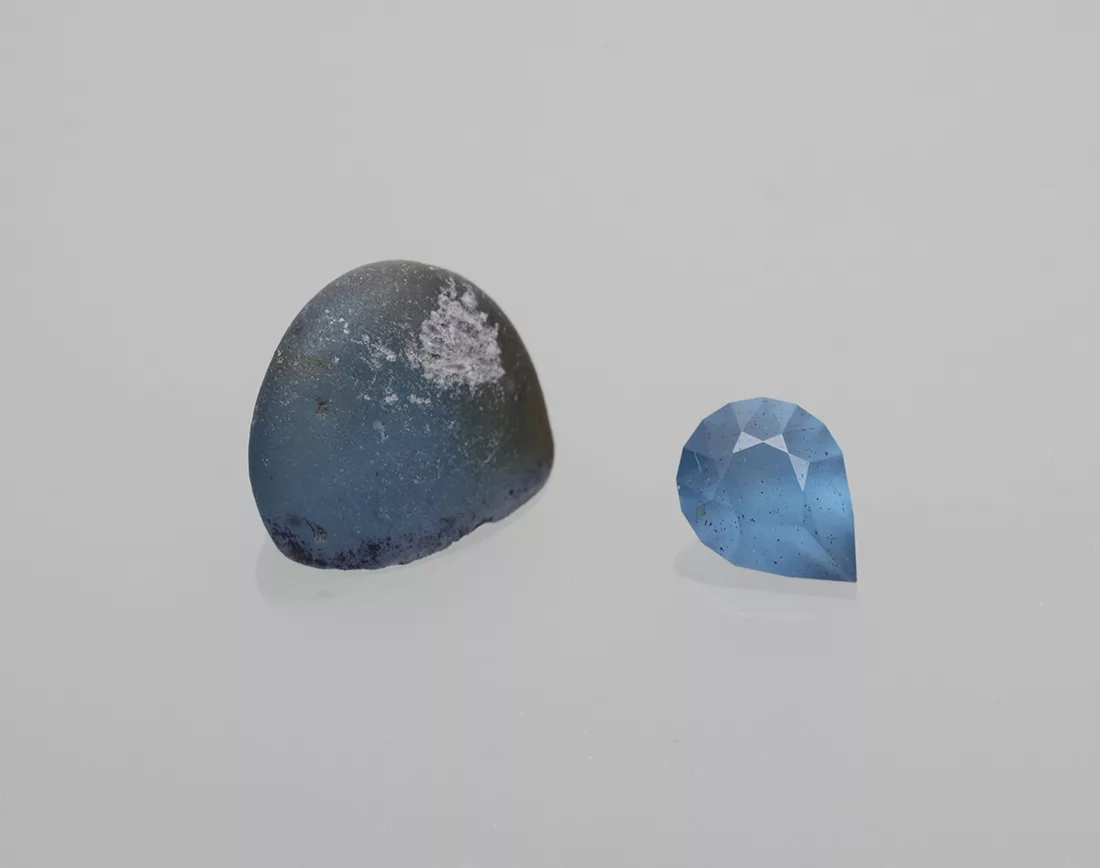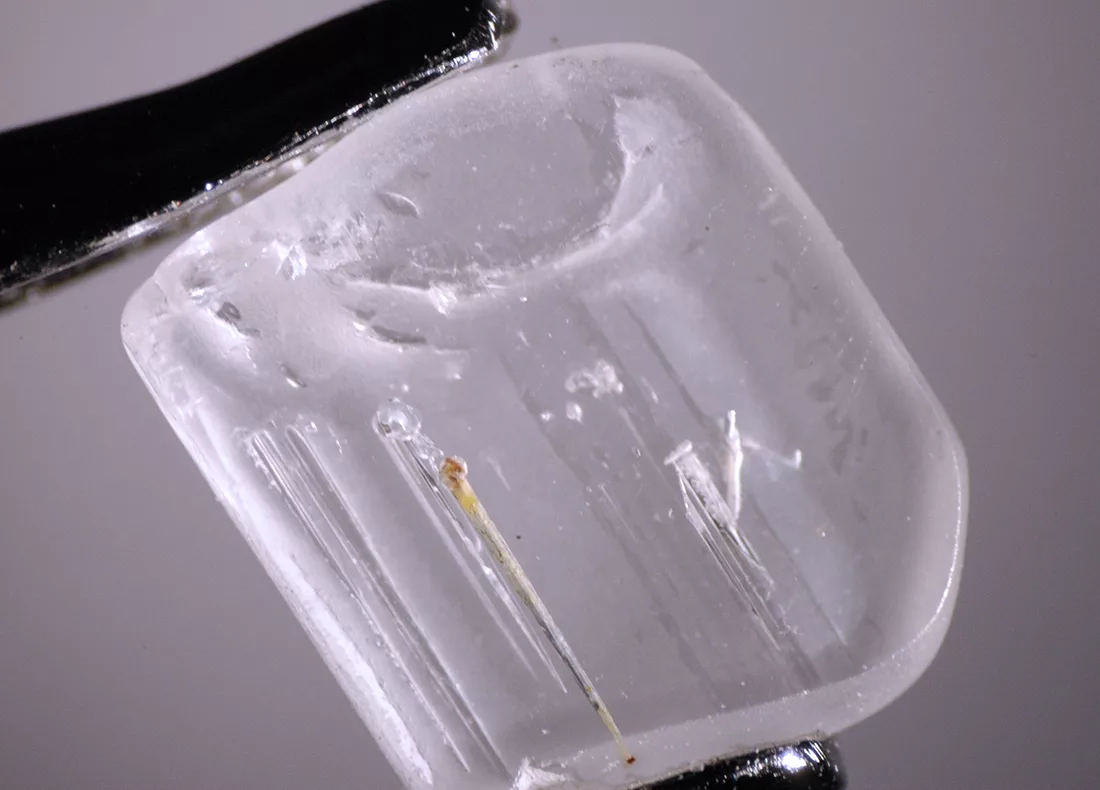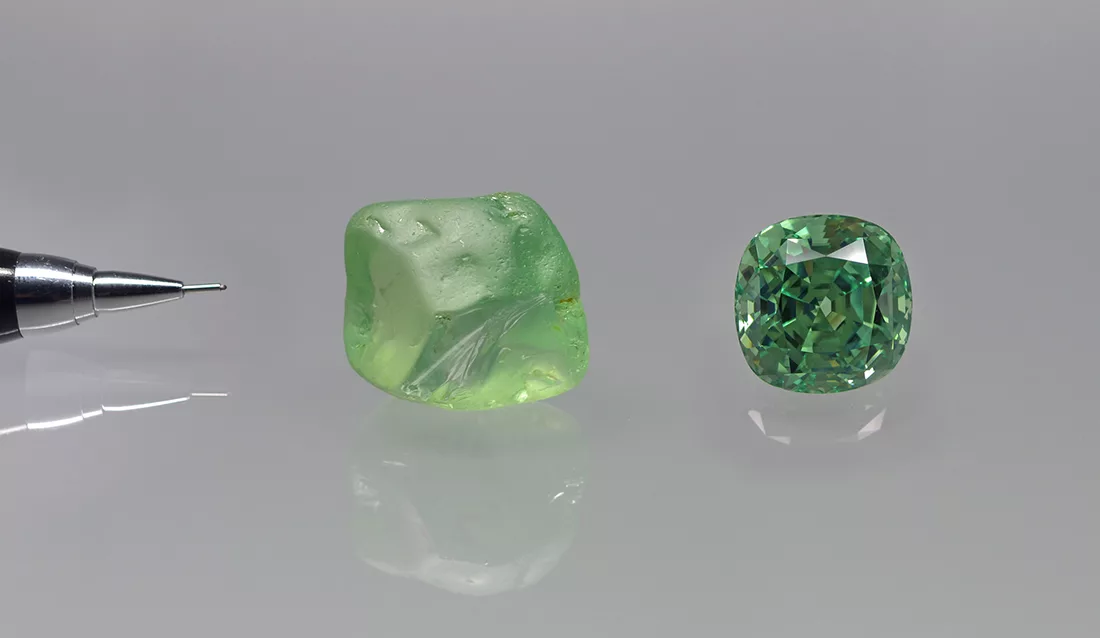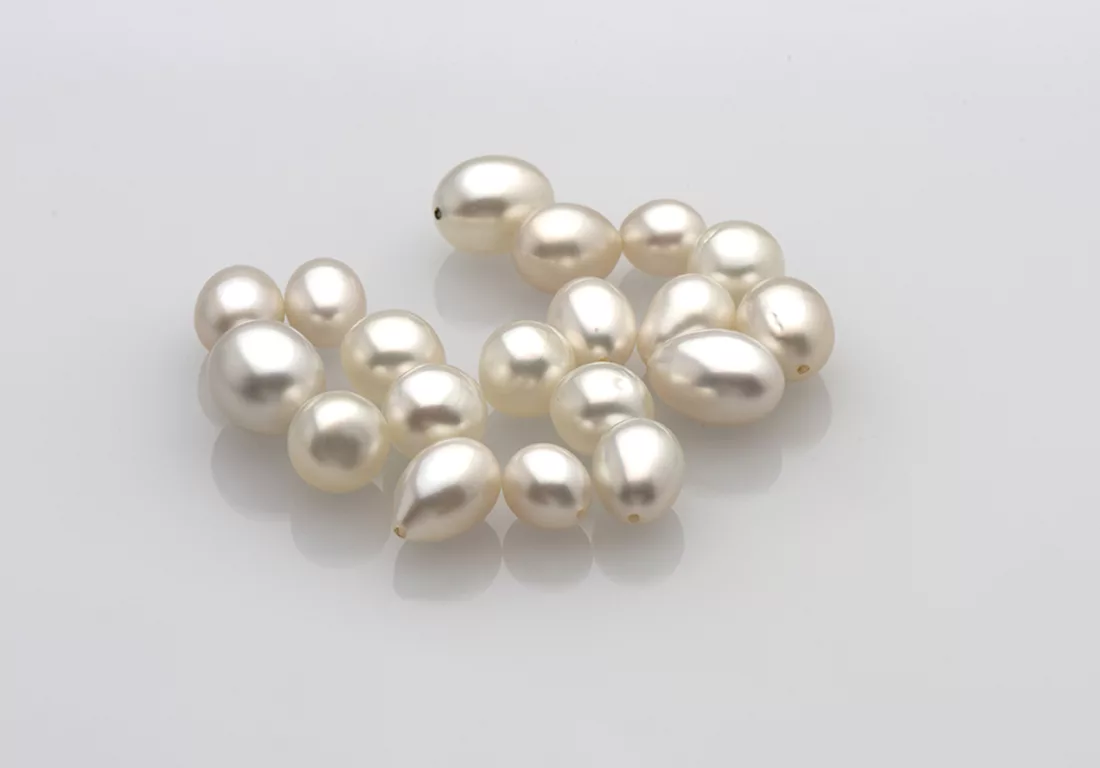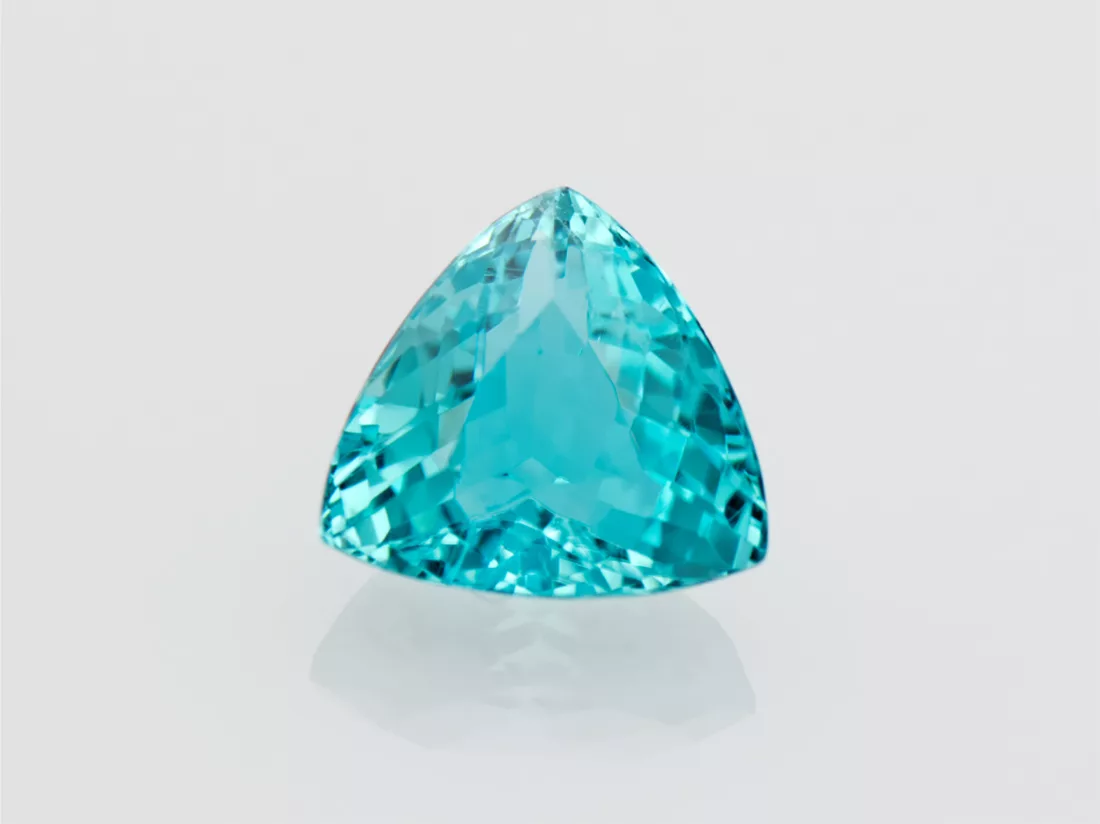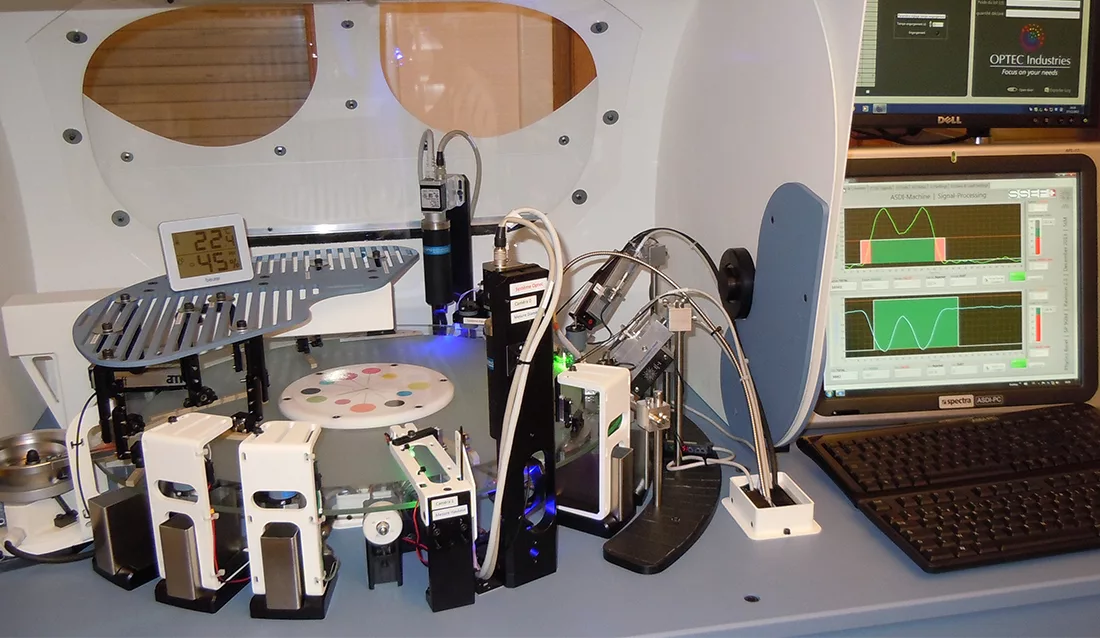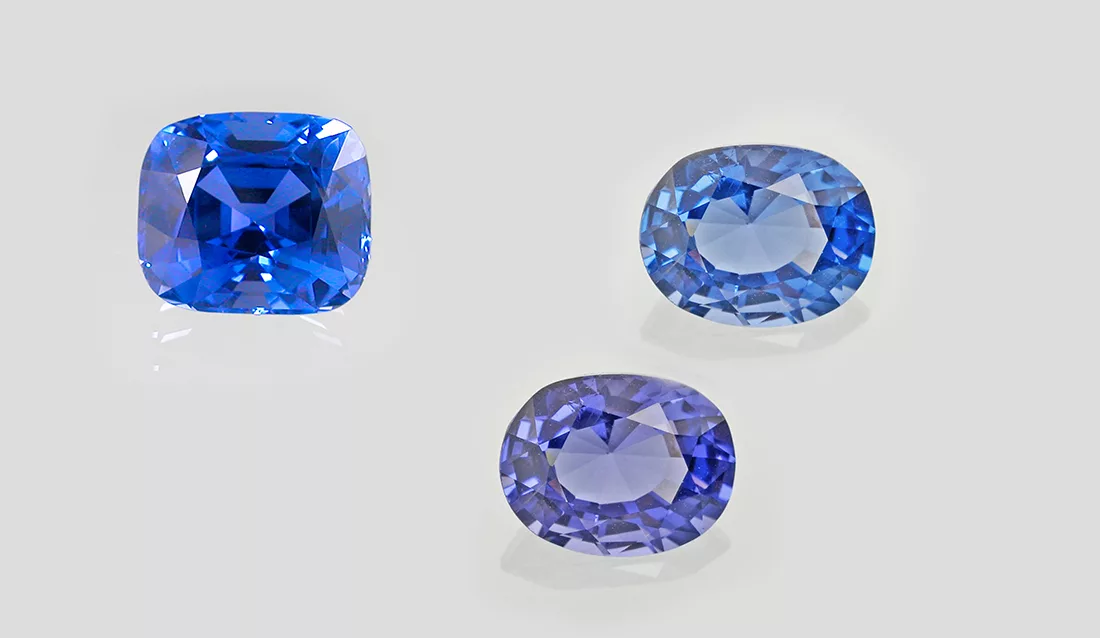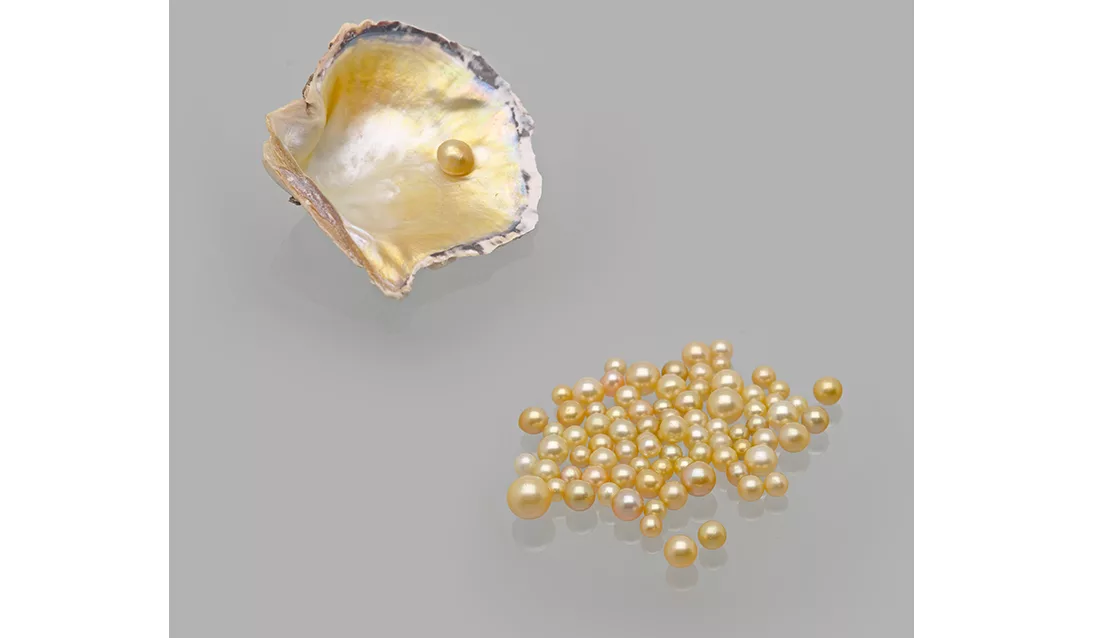Beware: Laser Damage in Sapphires due to Jewellery Repair
Having personally tested gemstones for more than 20 years now, the author of this short note was quite shocked in recent months to see distinct laser damage features on quite a number of sapphires which were submitted to us by different clients.
The Resurrection of Synthetic Coloured Stones
Occasionally, we encounter synthetic stones at SSEF that are submitted to us by our clients. Usually they are quite surprised by our result, as the issue of synthetic stones – at least in the coloured stone market – has very much vanished in peoples’ minds, and is often not anymore considered a real threa
Polycristalline Kyanite
first published in Facette 22 (February 2016) The Swiss Gemmological Institute SSEF received two blue translucent samples, a water-worn pebble, and a faceted stone of 1.72 ct cut from the same piece (Figure 1). The material was bought in Arusha (Tanzania) in December 2013 by Mr. Farooq Hashmi. Standard gemmolo
Colourless Chrysoberyl from Mogok
first published in Facette 22 (February 2016) Chrysoberyl is found in various colours, mostly yellow to green and brown due to iron, light green to bluish green (vanadium) or as the colour-changing variety alexandrite (due to chromium). In rare cases, chrysoberyl is also found in colourless and chemically rath
Vanadium Chrysoberyl
first published in Facette 21 (February 2014) Vanadium-bearing chrysoberyl of light green to saturated green colour has been known in the trade since the mid-1990s. Originally first described from Tunduru in southern Tanzania (Johnson & Koivula 1996, Pfenniger 2000), similar attractive “mint green” chr
Chasing Cultured Pearls at SSEF: Cultured Pearls using a Natural Pearl as a Bead
As a leading pearl testing laboratory worldwide, the SSEF has analysed in the past few months a large number of pearls for our clients. Besides natural pearls of impressive size or historic provenance (e.g. the pearl pendant of Marie Antoinette and the so called Dodge pearls), we regularly identify and sort out
Paraiba Research Update: An elemental Analysis of Paraiba Tourmaline from Brazil
At the SSEF, origin determination of Paraiba tourmalines is based on years of experience researching collection samples from SSEF and Prof. Hänni collections, donated and loaned samples from clients, as well as knowledge from scientific literature. However, the mining area and depth of the material have been i
ASDI (Automated Spectral Diamond Inspection)
by J.-P. Chalain, first published in Facette 21 (February 2014) In 2013, numerous trade-press articles and gemmological laboratory alerts warned the diamond industry about the presence of synthetic diamonds mixed together with, or presented as, natural diamonds. These announcements pointed out that not onl
Blue cobalt spinel from Vietnam
by Dr. M.S. Krzemnicki, first published in Facette 21 (February 2014) In 2013, Ms. Carina Hanser from the University Freiburg im Breisgau in Germany successfully completed her bachelor thesis on cobalt-spinel from Vietnam. Under the supervision of Dr Krzemnicki, Prof de Capitani (University Basel) and Prof
Pipi Pearls from the Pacific
first published in Facette 21 (February 2014) In 2013, SSEF received a lot of beautiful small so-called Pipi- pearls from the Pacific. These natural pearls are generally rather small, up to about 8 mm in diameter. This is not astonishing as they are formed within the rather small shell of the Pinctada macu
